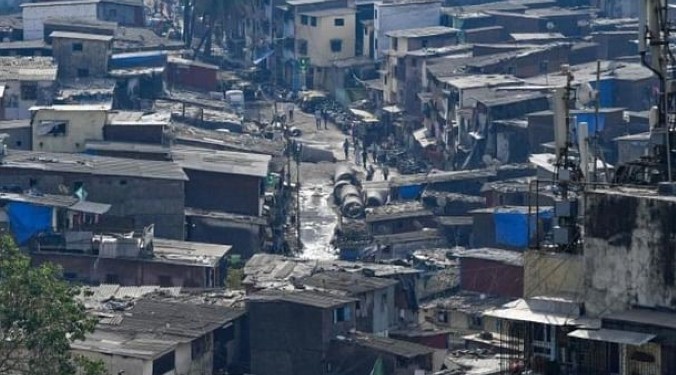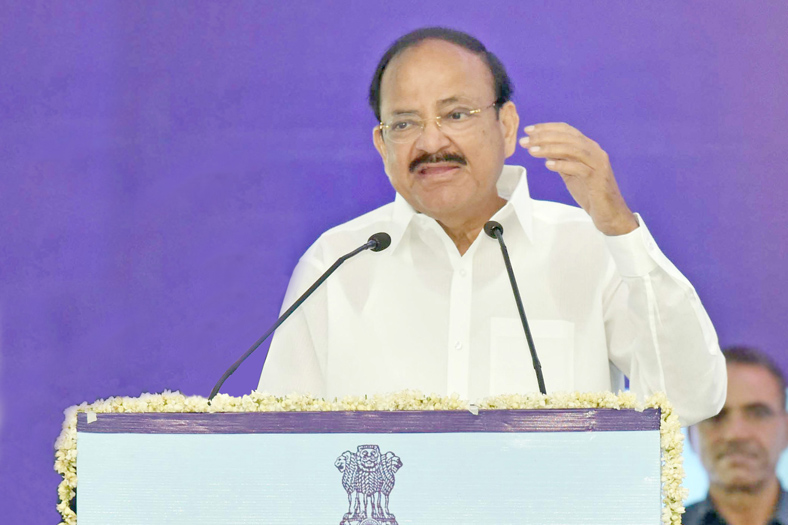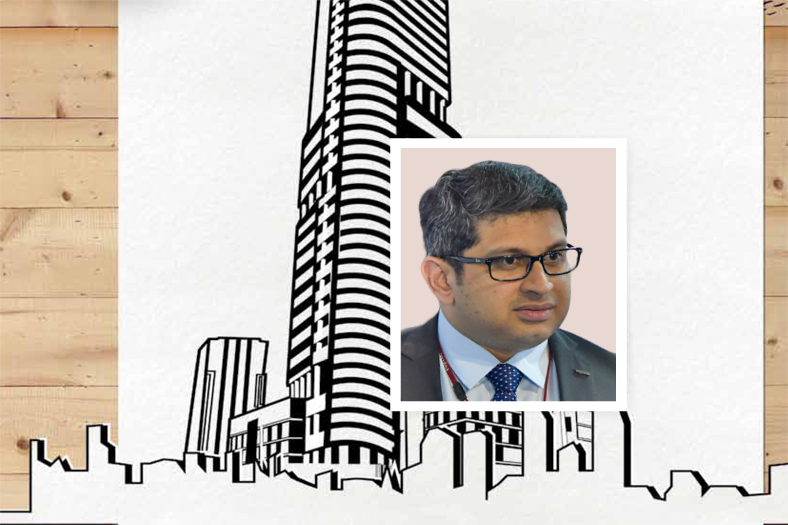Redefining CBDs [Oct 2011]
“Attractiveness of high-rent and low-quality space in CBDs across India is diminishing and it is leading to increasing preference for neighbouring micro-markets”, outlines Anuj Puri, Chairman & Country Head, Jones Lang LaSalle, India.
The Central Business Districts (CBD) of prime cities such as Delhi and Mumbai have been the hub of the nation’s economic activity over the past few decades. Some of the commercial buildings within these CBDs are centuries old and are considered to be heritage structures due to their historical and architectural significance. These properties are typically utilised as government offices or as the head office of large corporate occupiers from the shipping, manufacturing, real estate, banking and insurance.
A CBD is deemed as the most valuable business location within a city and is characterised by high land and property prices. High demand for CBD office locations arise from numerous factors including established business ecosystems, accessibility to services, superior infrastructure and prestige of address. Residential and retail locations within and bordering CBDs are often also considered to be prime locations.
However, in recent times these CBDs which were once crowned as the commercial hubs of India’s cities, are gradually losing their sheen as the development is shifting towards alternate locations. Vacancy levels in India’s CBDs have shown a slight increase starting in 2009, as tenants increasingly opted for higher quality office space found in alternate micro-markets within the city. In the light of the recent global economic downturn, there is pressure on all businesses to reduce costs and so find it difficult to implement expansion plans in CBDs. Though retrofitting of the old buildings in the traditional CBDs does work to an extent, it involves many stakeholders and is a complex process. In such a business climate, the attractiveness of high-rent, low-quality space in CBDs across India is diminishing and it is leading to increasing preference for neighbouring micro-markets.This market trend is evident in Mumbai too, with commercial and retail real estate developments moving to traditionally untapped areas. Localities of Lower Parel and Navi Mumbai are prime examples of this transition. Similarly, other areas such as Dadar and Kalina also witnessed quite a bit of change with new developments coming up at these locations. The mid-central suburban areas such as the Kurla-Vidyavihar belt are the regions which are undergoing the change now.
The Kurla office market, along with adjoining locations in Vidyavihar, is slated to witness a remarkable transformation, with over 6.5 million sq. ft. of office space expected to become operational during 2011-14. In comparison, other established business districts in Mumbai-Nariman Point and Bandra Kurla Complex (BKC), will have 4.8 million sq. ft. and 7.9 million sq. ft. of office space respectively by 2014.
Despite continuing infrastructure pressures and the lingering image of an unorganised suburb, Kurla is growing up. Adjacent to BKC, which has now matured as the second Central Business District for Mumbai, Kurla is positioned at the heart of Greater Mumbai. A majority of the upcoming office, retail and residential projects in Eastern Mumbai are located along the LBS Marg, which is a South-North connector originating from Kurla, and cutting through Vidyavihar, Ghatkopar, Vikhroli and Kanjurmarg up to Mulund. This includes the already operational phases of the office complex Equinox Business Park, the upcoming commercial complex of Kanakia and the under construction Phoenix Market City project.
With Kurla located at the southern tip of these upcoming developments, it provides proximity to the established BKC market as well as the eastern corridor. This means its catchment area in terms of manpower is substantial. Also, the expected completion of the Santacruz – Chembur Link Road connecting Western Express Highway to Chembur by end of 2012, will improve West-East connectivity for Kurla. The route for the second phase of Metro rail is also proposed to pass through this area. Proximity to the domestic and international airports and other social and support infrastructure such as hotels, markets and hospitals is another factor driving the development.
While the upcoming properties offer world-class amenities with quality internal infrastructure, prevailing rents in the Kurla market are much lower than those in adjoining BKC, while being almost at the same location and offering Grade-A office spaces. For example, Equinox Business Park (formerly Peninsula Technopark) offers a full campus development with facilities like serviced offices, food courts, gym, coffee shop & restaurant in addition to the standard features of office development. Thus, Kurla provides firms with the opportunity for leasing cost-effective office spaces at the heart of the city. A company can opt for a corporate office in BKC, while having a much larger operations centre in the nearby LBS Marg. If we move further, towards Vidyavihar and beyond on the same road, there are other large developments such as Kohinoor City which are expanding this emerging business district.
So even as the CBDs will have to take the retrofitting route to a larger extent in order to be attractive, the emerging and upcoming locations will continue to grow by virtue of their cost effectiveness, facilities and scalability which they offer.
Cookie Consent
We use cookies to personalize your experience. By continuing to visit this website you agree to our Terms & Conditions, Privacy Policy and Cookie Policy.









